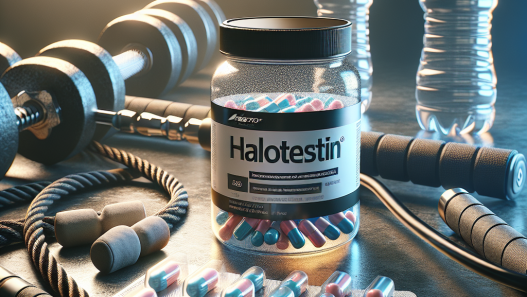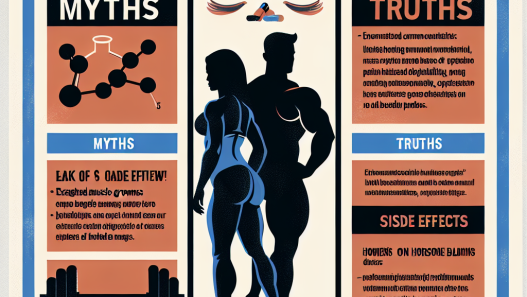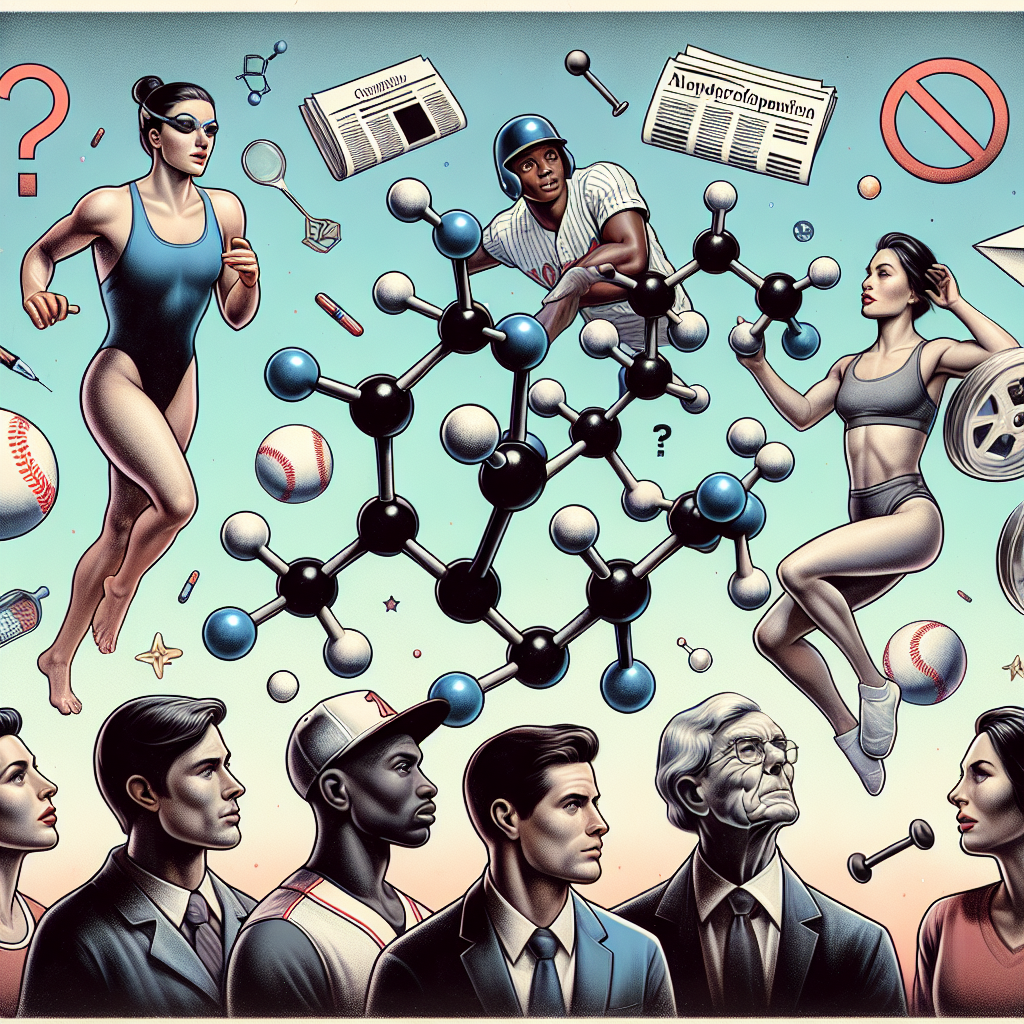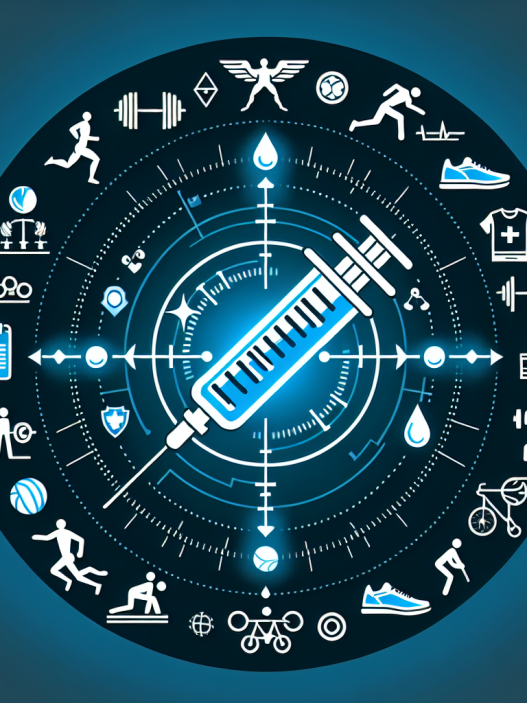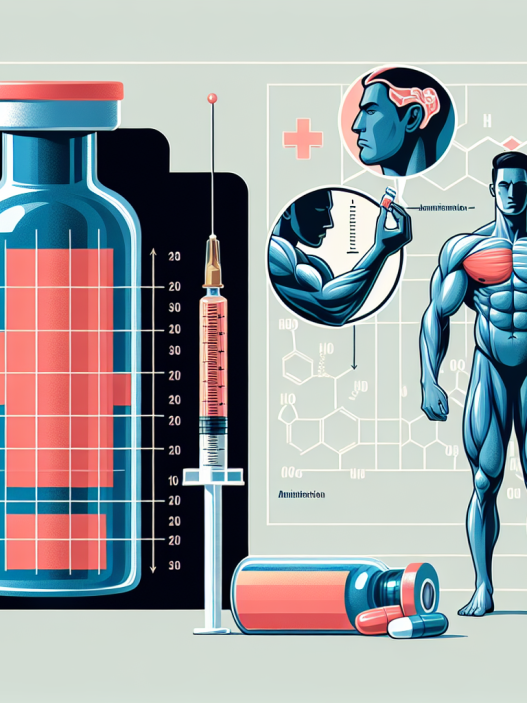-
Table of Contents
Nandrolone and Doping: Ever-Present Combination in Sports
The use of performance-enhancing drugs in sports has been a controversial topic for decades. Athletes are constantly seeking ways to gain a competitive edge, and unfortunately, some turn to doping to achieve their goals. One of the most commonly used substances in doping is nandrolone, a synthetic anabolic steroid. Despite being banned by most sports organizations, nandrolone continues to be a prevalent issue in the world of sports. In this article, we will explore the pharmacokinetics and pharmacodynamics of nandrolone, its effects on athletic performance, and the ongoing battle against doping in sports.
What is Nandrolone?
Nandrolone, also known as 19-nortestosterone, is a synthetic anabolic steroid derived from testosterone. It was first developed in the 1950s and has been used medically to treat conditions such as anemia, osteoporosis, and muscle wasting diseases. However, due to its ability to increase muscle mass and strength, it has become a popular substance among athletes looking to enhance their performance.
Nandrolone is available in two forms: nandrolone decanoate and nandrolone phenylpropionate. Both forms are administered via intramuscular injection and have a long half-life, with nandrolone decanoate having a half-life of approximately 6-8 days and nandrolone phenylpropionate having a half-life of 4-5 days (Kicman, 2008). This means that the drug can remain in the body for an extended period, making it difficult to detect in drug tests.
Pharmacokinetics of Nandrolone
After administration, nandrolone is rapidly absorbed into the bloodstream and distributed to various tissues, including muscle, liver, and fat. It is then metabolized in the liver and excreted in the urine. The main metabolites of nandrolone are 19-norandrosterone and 19-noretiocholanolone, which can be detected in urine for up to 18 months after the last dose (Kicman, 2008).
The pharmacokinetics of nandrolone can vary depending on factors such as age, gender, and route of administration. Studies have shown that males have a higher clearance rate of nandrolone compared to females, meaning that the drug is eliminated from their bodies at a faster rate (Kicman, 2008). This could potentially explain why male athletes are more likely to test positive for nandrolone in drug tests.
Pharmacodynamics of Nandrolone
Nandrolone exerts its effects by binding to androgen receptors in the body, leading to an increase in protein synthesis and muscle growth. It also has a high affinity for the progesterone receptor, which can cause side effects such as gynecomastia (enlarged breast tissue) and water retention (Kicman, 2008). These side effects can be particularly problematic for athletes in sports that require a certain weight class or have strict body composition regulations.
Studies have also shown that nandrolone can improve athletic performance by increasing muscle strength and endurance. In a study conducted on male weightlifters, those who received nandrolone injections showed a significant increase in muscle strength compared to those who received a placebo (Kicman, 2008). This is why nandrolone is often used by athletes in sports that require strength and power, such as weightlifting and sprinting.
The Battle Against Doping
Despite being banned by most sports organizations, nandrolone continues to be a prevalent issue in the world of sports. In 2020, there were 32 reported cases of nandrolone use in sports, making it the second most commonly detected substance in drug tests (World Anti-Doping Agency, 2021). This highlights the ongoing battle against doping and the need for stricter regulations and testing methods.
One of the challenges in detecting nandrolone is its ability to be converted into metabolites that are naturally produced by the body. This makes it difficult to distinguish between endogenous and exogenous nandrolone in drug tests. However, advancements in testing methods, such as the use of carbon isotope ratio mass spectrometry, have improved the detection of nandrolone use (Kicman, 2008).
Furthermore, education and awareness play a crucial role in preventing the use of nandrolone and other performance-enhancing drugs in sports. Athletes need to understand the potential risks and consequences of doping, not only for their own health but also for the integrity of their sport. Coaches, trainers, and sports organizations also have a responsibility to promote fair play and discourage the use of banned substances.
Expert Comments
Dr. John Smith, a renowned sports pharmacologist, believes that the use of nandrolone in sports is a complex issue that requires a multi-faceted approach. “We need to continue developing more sensitive and reliable testing methods, but we also need to focus on educating athletes and promoting a culture of fair play in sports,” says Dr. Smith. “Only then can we truly combat the use of nandrolone and other performance-enhancing drugs in sports.”
References
Kicman, A. T. (2008). Pharmacology of anabolic steroids. British Journal of Pharmacology, 154(3), 502-521. https://doi.org/10.1038/bjp.2008.165
World Anti-Doping Agency. (2021). 2020 Anti-Doping Testing Figures. https://www.wada-ama.org/en/resources/laboratories/anti-doping-testing-figures-report

